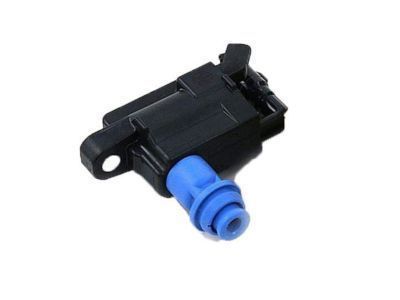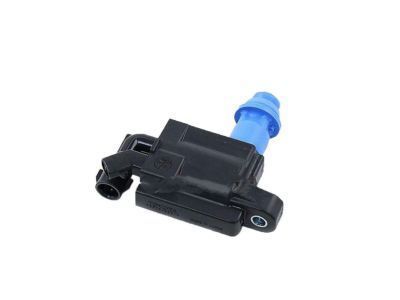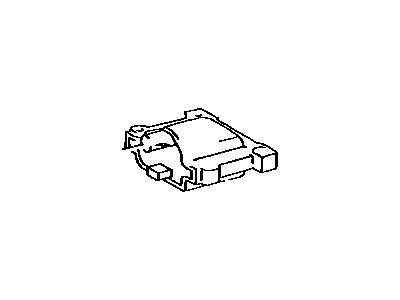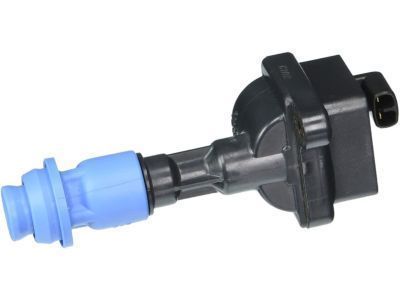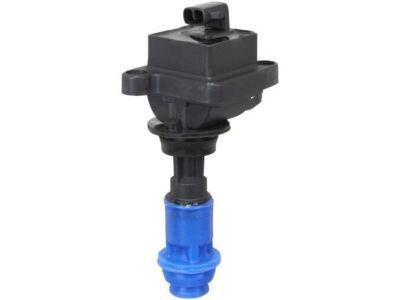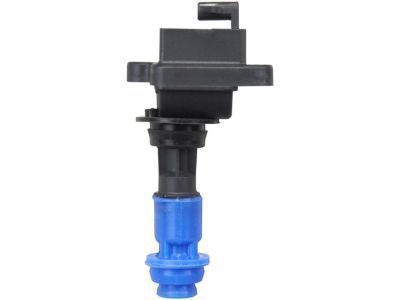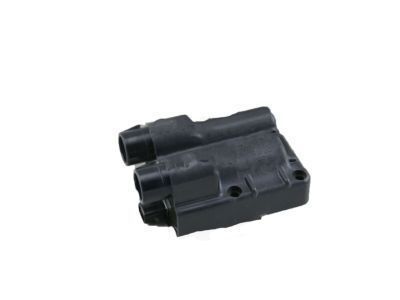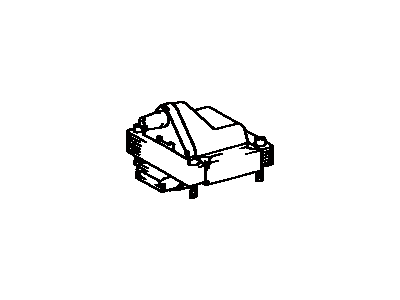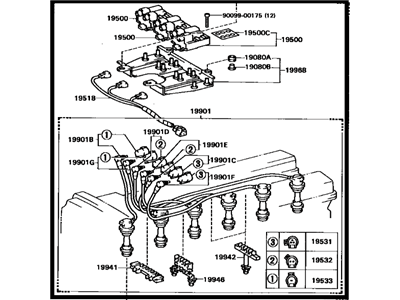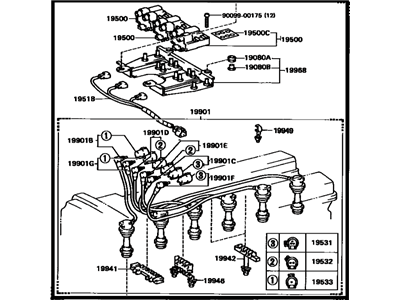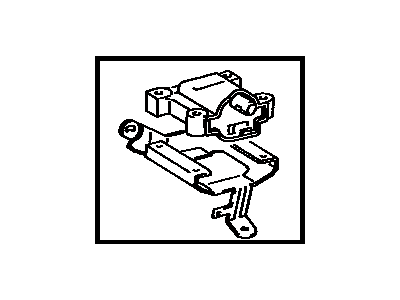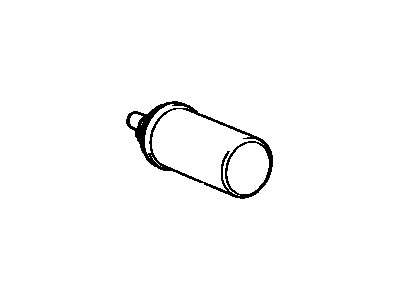

My Garage
My Account
Cart
Genuine Toyota Supra Ignition Coil
Ignition Coil Resistor- Select Vehicle by Model
- Select Vehicle by VIN
Select Vehicle by Model
orMake
Model
Year
Select Vehicle by VIN
For the most accurate results, select vehicle by your VIN (Vehicle Identification Number).
8 Ignition Coils found
Toyota Supra Ignition Coil Assembly
Part Number: 90919-02216$158.76 MSRP: $225.70You Save: $66.94 (30%)Ships in 1-3 Business DaysToyota Supra Ignition Coil Assembly
Part Number: 90919-02205$117.92 MSRP: $167.65You Save: $49.73 (30%)Toyota Supra Ignition Coil Assembly
Part Number: 90919-02174$174.22 MSRP: $249.82You Save: $75.60 (31%)Ships in 1-3 Business DaysToyota Supra Ignition Coil Assembly
Part Number: 90919-02207$117.92 MSRP: $167.65You Save: $49.73 (30%)Ships in 1-3 Business Days
Toyota Supra Ignition Coil
If you are in demand for superior quality and affordable OEM Toyota Supra Ignition Coil, then shop with us! We own a wide range of the reduced-priced genuine Toyota Supra Ignition Coil. You can purchase in confidence as all parts come with a manufacturer's warranty. Any issues with our products? No need to worry as we have a hassle-free return policy to guide you every step of the way.
Toyota Supra Ignition Coil Parts Questions & Experts Answers
- Q: How to check and replace the ignition coil on Toyota Supra?A:As for the non-turbo models, the first steps include the cleaning of the coil primary terminals and inspection of coil tower terminal for signs of corrosion; use of a wire brush in this case is encouraged. Check the coil primary resistance with the help of an ohmmeter, using the proper procedure for 1979-1982 and 1983 and later vehicles. After that, one should connect the ohmmeter to the body of the transformer and to the positive primary terminal and read the coil secondary resistance against the specifications. If any of the given resistance values fall very high or very low, the coil must be bad and was replaced; in the absence of an ohmmeter, check with a dealer service department. Turbo models are eased through the same process as others, with an extra unbolting of the No. 1 air cleaner hose followed by the removal of the cruise control cable, accelerator cable and the TV cable. Disconnection of the ISC pipe, PCV pipe and hoses and intake air connector. Loosen the oil filler cap and the five tightening screws for the cover, in addition to the pipe located over the cover to remove the rear cover screws. Inspect power supply line on the following manner through the removal of spark plug wires from the ignition coil, removal of the electrical connectors, placing of the ignition switch ON and measuring the voltage with the voltmeter in-between terminal 2 and body should should be 12v. Check the coil primary resistance with the ohmmeter probe on the positive and negative terminals; however, secondary coil resistance cannot be measured in the case of turbo models. Continuity test the ignition coil ground, using the ohmmeter to prove that the ignition coil terminal has no continuity with the body ground and repeat these tests with all the three ignition coils as well as replacing each of the failed ignition coils. For replacement, remove the coil high tension wire(s) mesh and put numbers to all of them and terminals of them then, remove the primary wires or pull out the plug of the primary wire. The mounting screws have to be undone and the coil has to be slid out of the bracket while cleaning outer case and looking for crack or damaged. All coil terminals and wires should always be clean and dry as this affects the ignition system, and the installation is the reverse of the removal process.
